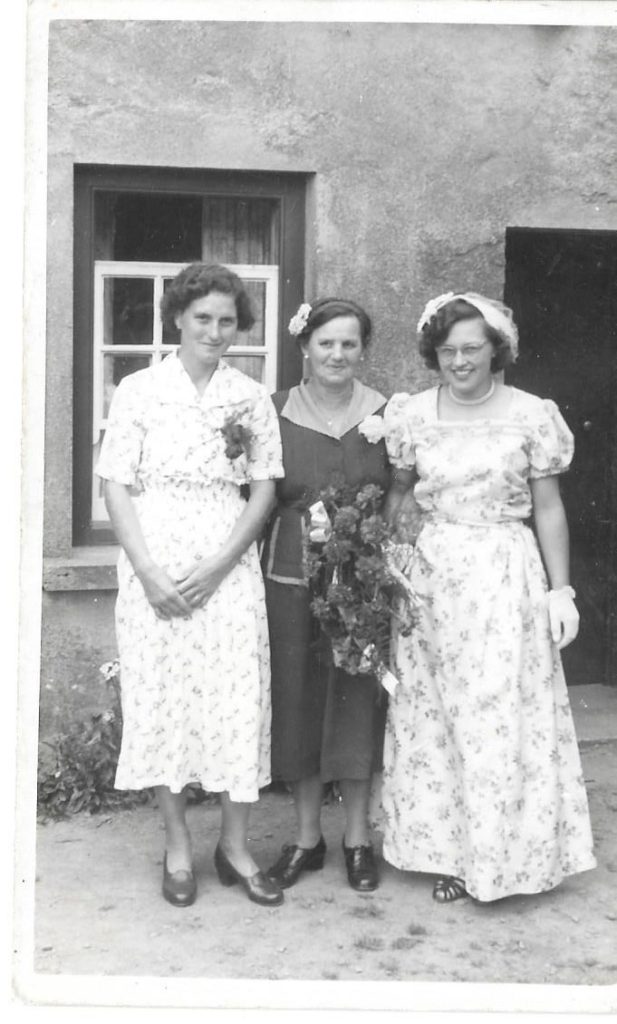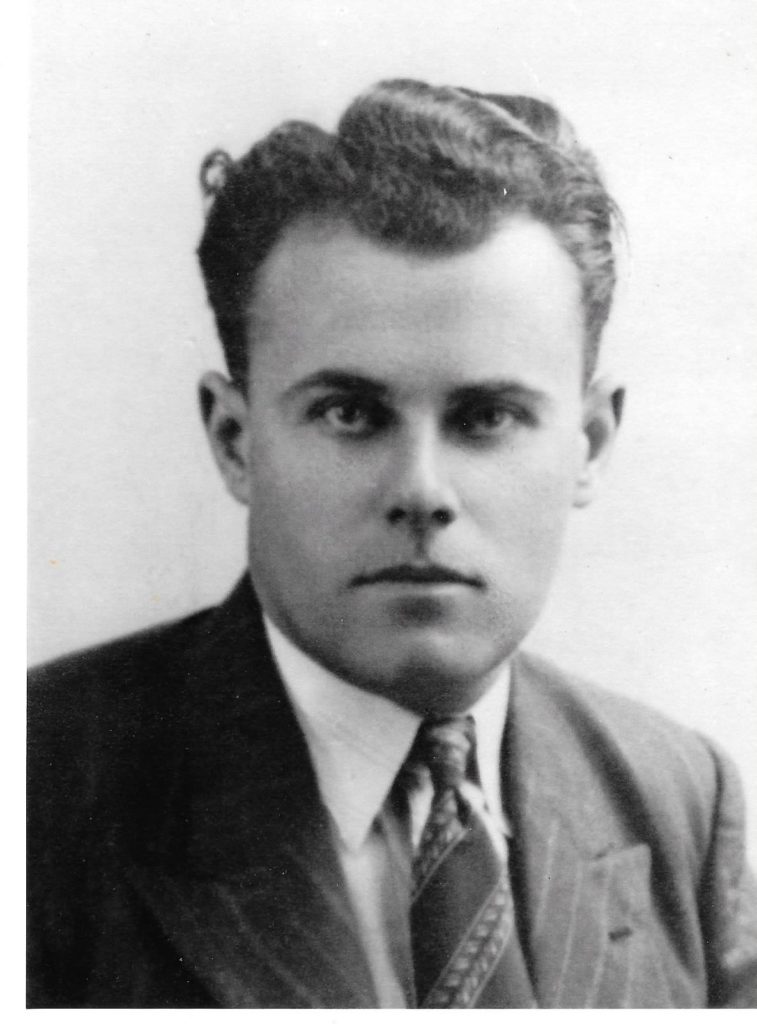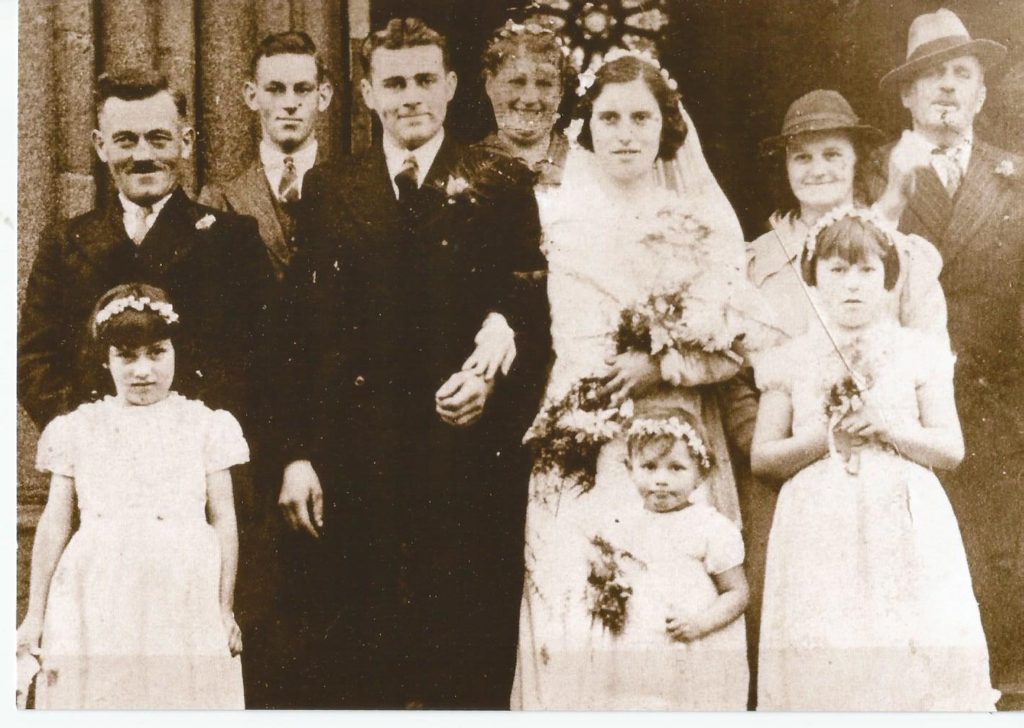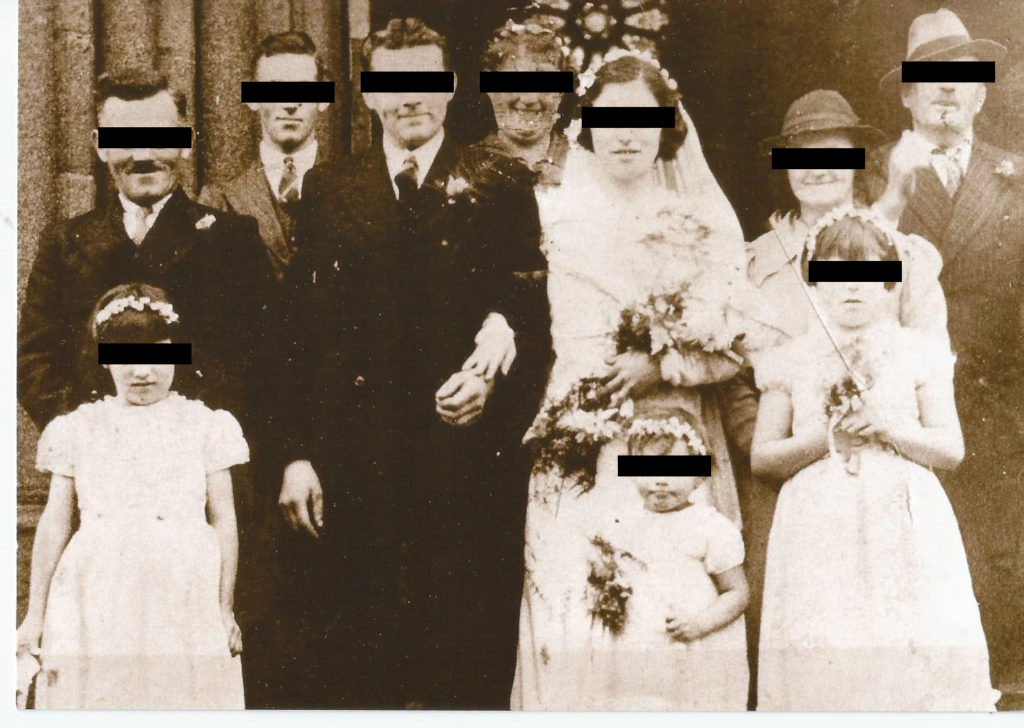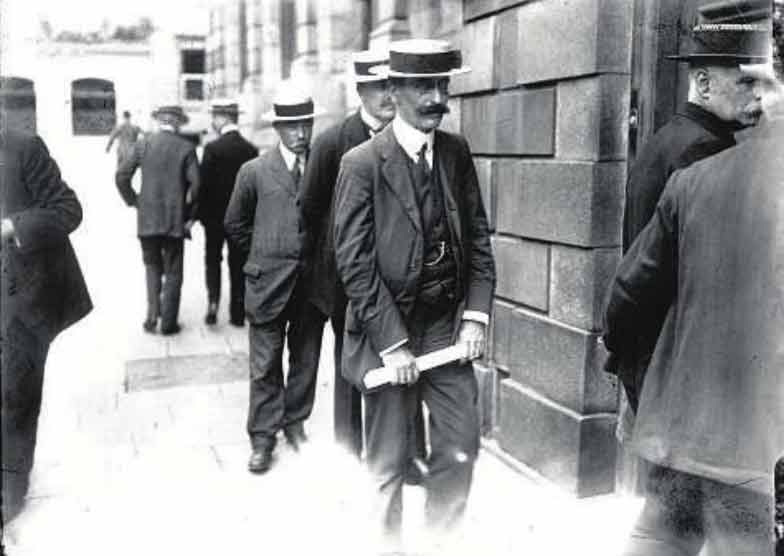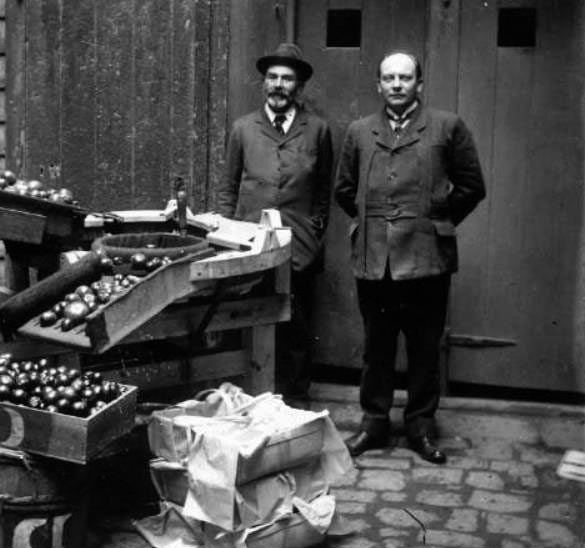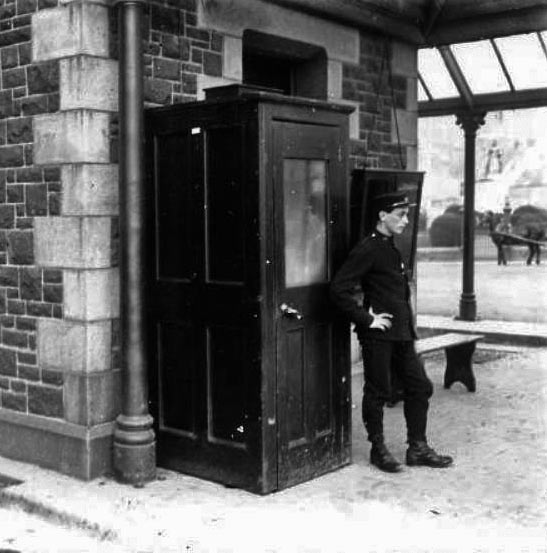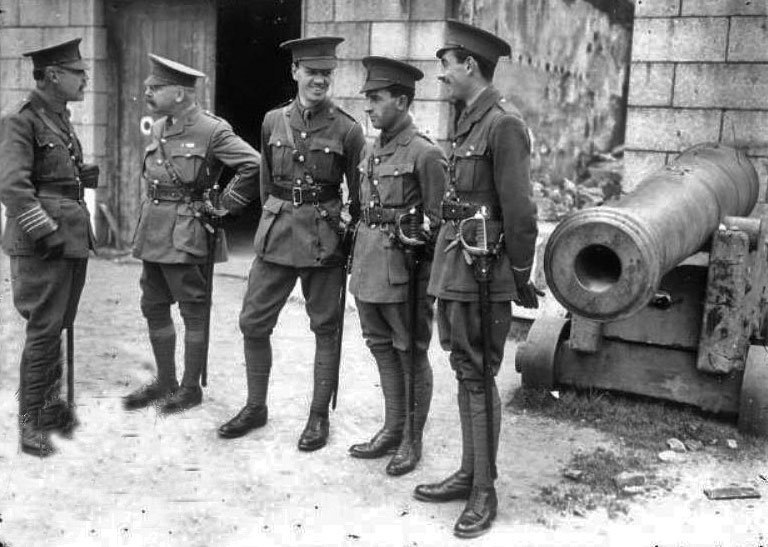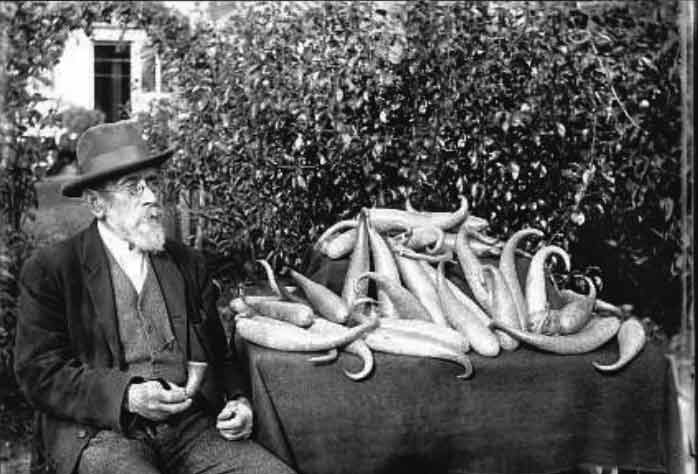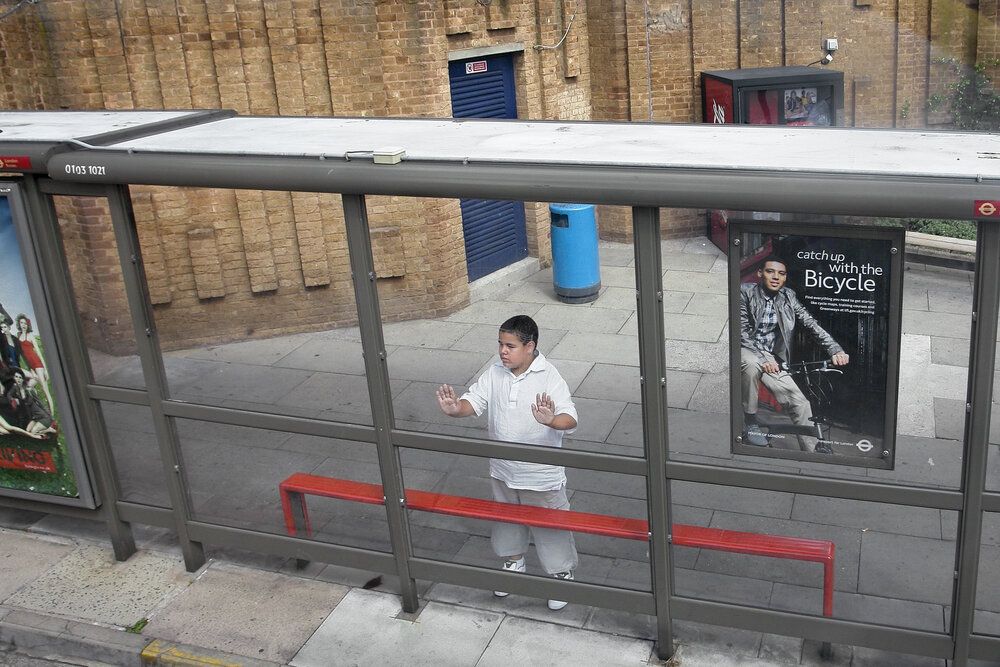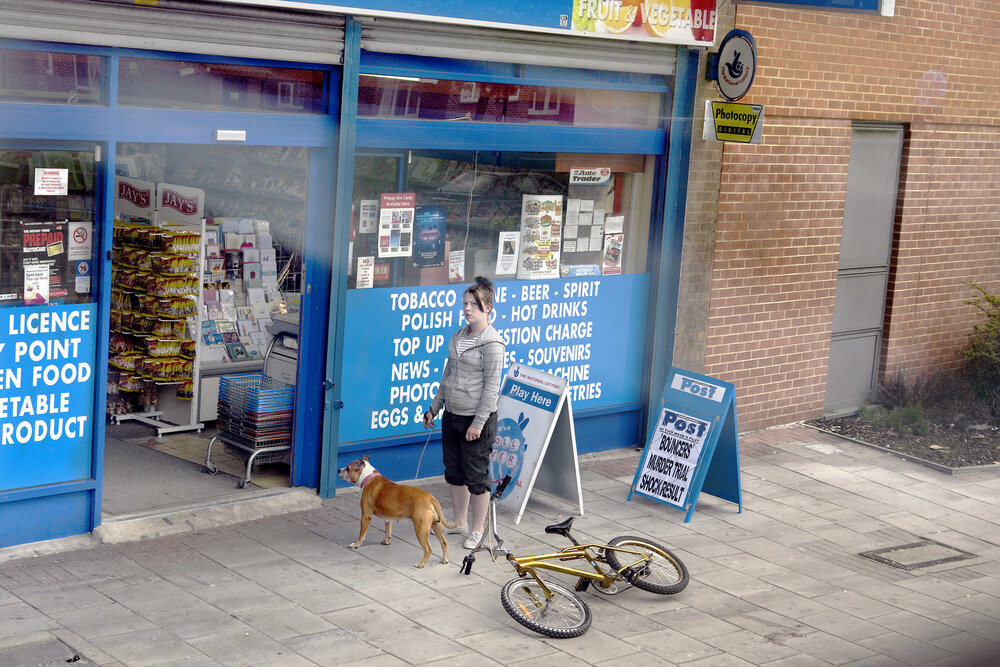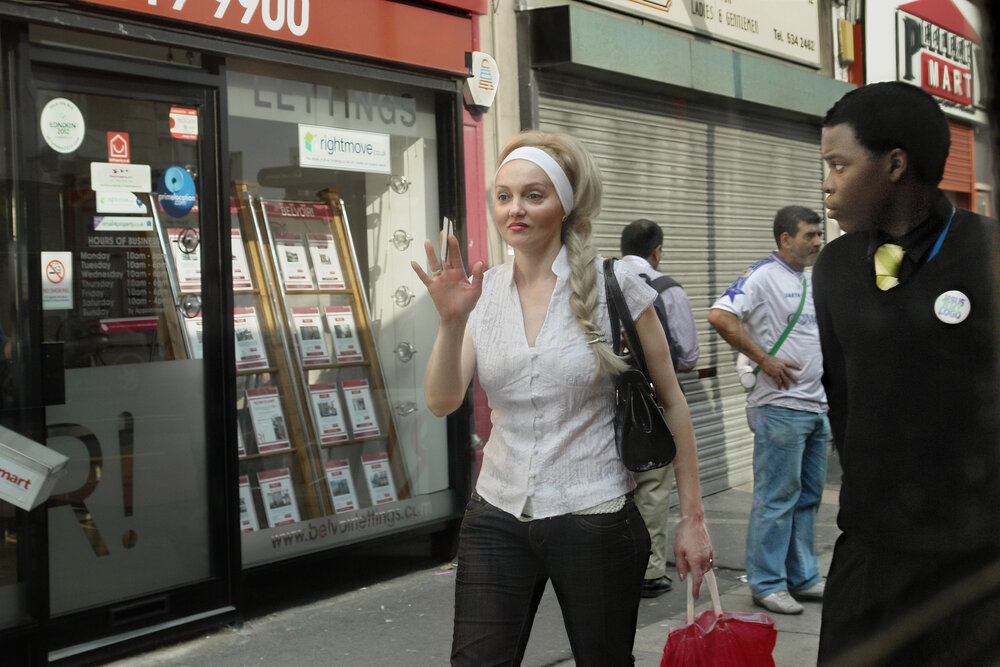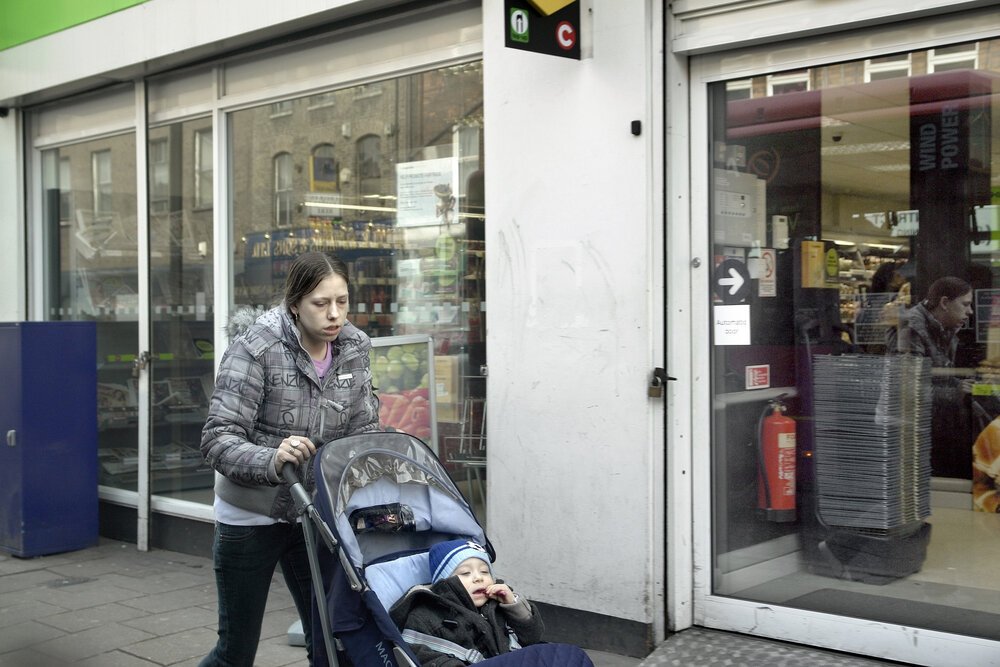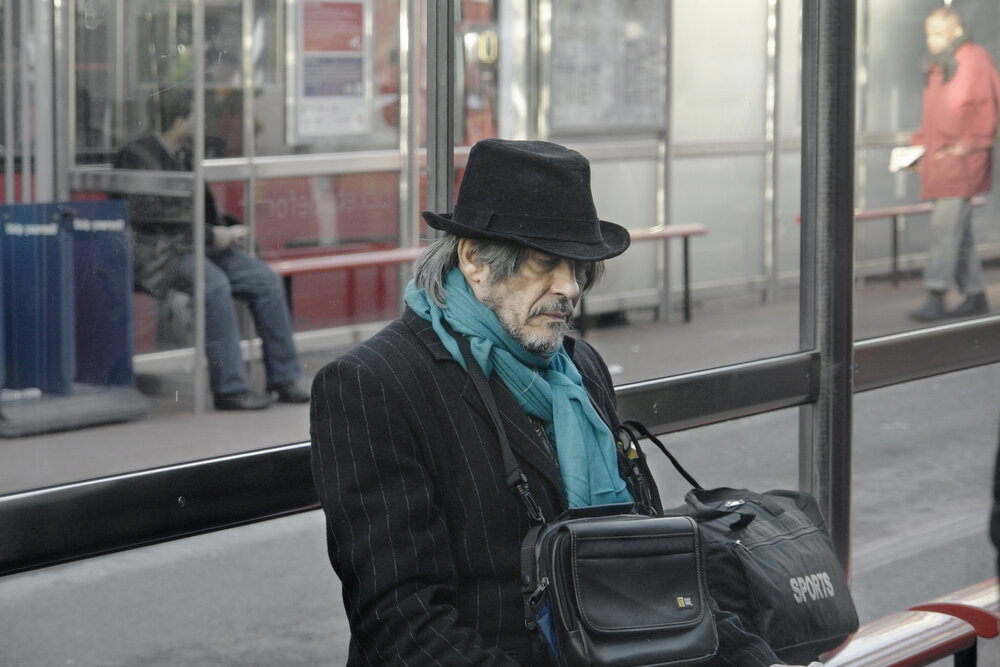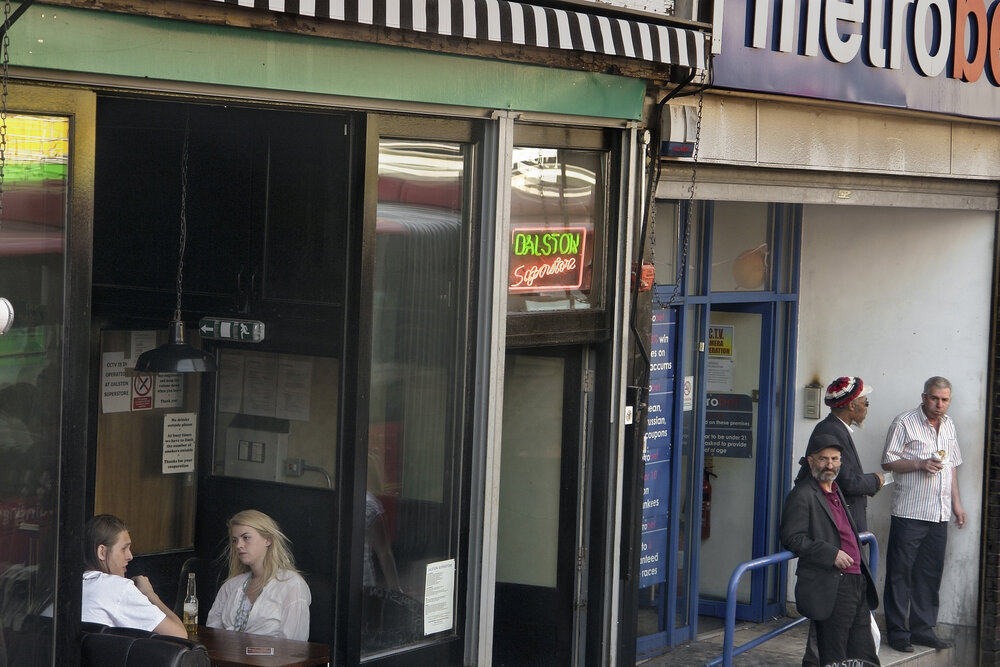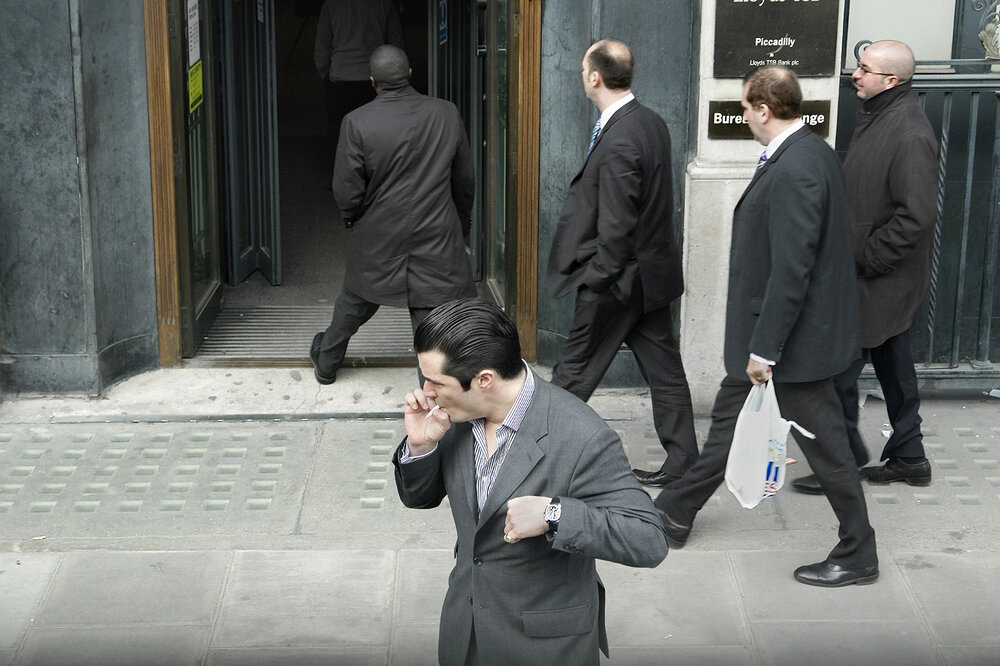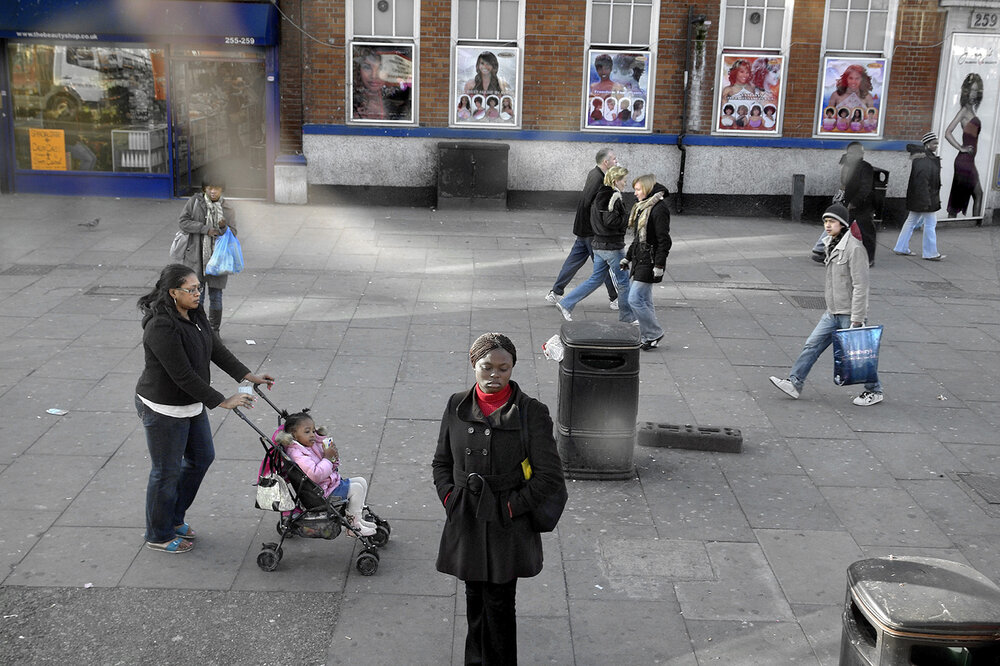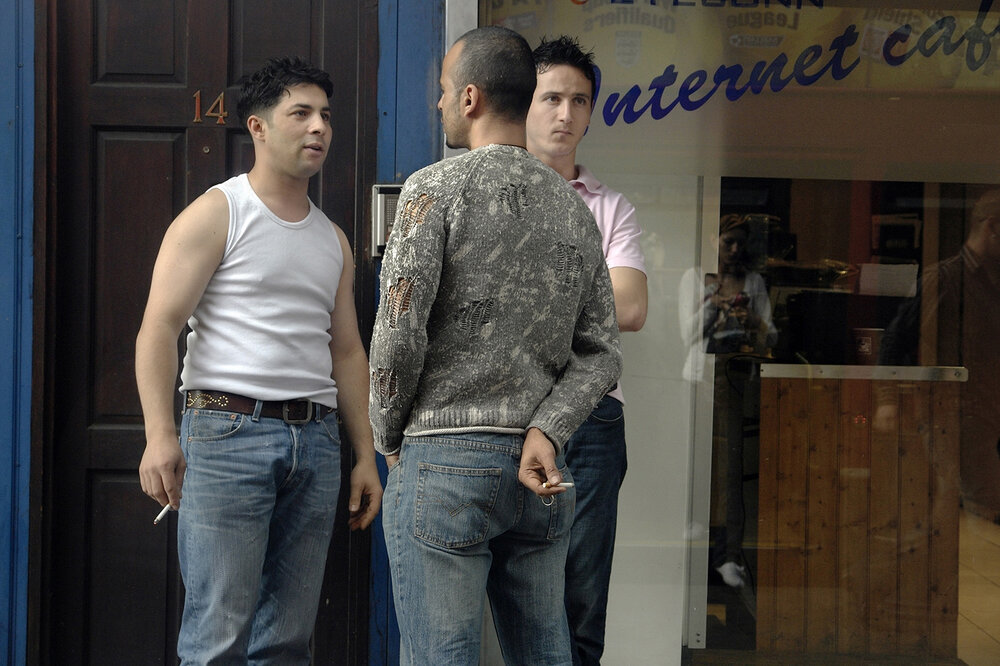Societe Jersiaise Photographic Archive was created in 1873. It was formed to record local photography for prehistoric ruins and buildings. The Societe Jersiaise Photographic Archive has been collecting photography for over 140 years. The archive holds the knowledge and history of the past through images, but most importantly is displayed the context of the photographs, because without context we can not know the full meaning of the photographs. They are a repository of local information and knowledge and social memory. We can learn so many things from analysing images in the archives, we can work out how areas and society as a while has developed through the years by looking at pictures of the same location from multiple different years in chronological order. For example, Fort Regent. We can find images from as early as the 1890s of when the fort was fairly new. From here we can look in the archive for images from every decade or so since to see how it has changed. Through the archive, we can also look at how photography has changed as a whole, such as how photographers take images, but also the quality of the photos and the new photographic and development technology that has been invented and used since the start of the archive. All of us keep our own personal archives in different forms. Such as an old photo album with physical printed photos in from the past. Or they could be kept in a digital archive, such as in digital folders on a computer, or on a phone. These smaller archives can show an insight to your own life and acts as storage for memories and events that have happened in the past.
Henry Mullins is a photography pioneer who has a big impact on photography in jersey. Henry Mullins originally worked in a studio in London in the 1840s. He lived at 230 Regent street but moved to jersey in July 1848. Here he set up a studio at 7 Royal Square, this studio was later known as the Royal Saloon. He was initially in partnership with Mr Millward, unfortunately there is very little information online about Mr Millward. By the following year, he was working independently in his studio, and he continued to work alone in this studio for a further 26 years. Although he was based in his studio, the ROYAL SALON, in Jersey, for a brief period in the 1860s he worked in London too. But evidence from his collection which is now held by Societe Jersiaise Photographic Archive, he was much more successful in Jersey where he worked most of the time. He found lots of willing sitters in Jersey prepared to pay half a guinea for Henry Mullins to take their portrait. He promoted this as ‘one half of that in London’. The archives helped us gain all this knowledge because of all the Henry Mullins portraits that it has kept in good condition for us to analyse, acting as a repository of knowledge.

Early photographs in the Societe Jersiaise Photographic Archives were taken in very different ways to how photos are taken today. One method is film photography such as the image above. Film photography is when the photographer takes photographs on thin, transparent strips of plastic called film. One side of the film strip is coated with a gelatin emulsion that contains small silver halide crystals, which determine the contrast and resolution of a photograph. This is what will effectively make the image appear on the film after capturing it. Silver halide crystals are light-sensitive. The more light they’re exposed to, the more exposed and less detailed the image will be. This usually means the contrast of the photo will be decreased and the highlights of the image will be blown out. When taking a photo, the camera lens quickly opens to expose the film strip to an image that’s being magnified through the lens. This creates an imprint into the silver halide crystals and creates a latent image. The latent image can be developed into a negative, which is projected onto light-sensitive photo paper to create the final photo. Images such as the one above show how this process was used to take photographs a long time ago and how popular it was back then. The archive shows a distinct period where most images in that time frame were film photographs. This means we can use the archives for knowledge about the different types of photography over the years and the process it took to create these images.
We can use the images held in the Societe Jersiaise Photographic Archive to learn from the images of the past. We can learn about how photography has changed over the years by looking at the different things that were photographed, the way that they were photographed, how they were taken and what was used to take them, the development of cameras over the years and how the quality of pictures has improved from when the archive was first created. We can also use the archives to gain knowledge on our social history, a branch of history that emphasizes social structures and the interaction of different groups in society. This can be found specifically in street photography where within the images different groups of people are seen interacting and the areas where different groups of people lived. For example, the archives will tell us when the photograph was taken as well as where it was taken. This means that we can determine what groups and classes of people lived where in different time periods. The archives can help current photographers by inspiring them with how life was like in the past, such as re-visiting locations and photographing them, framing them the same as an image taken 100 years ago, to see what has changed and compare the two images. In conclusion, the archives are a repository of knowledge that can be extremely useful to photographers and also historians who would like to see a freeze frame of what life was like in the past.


